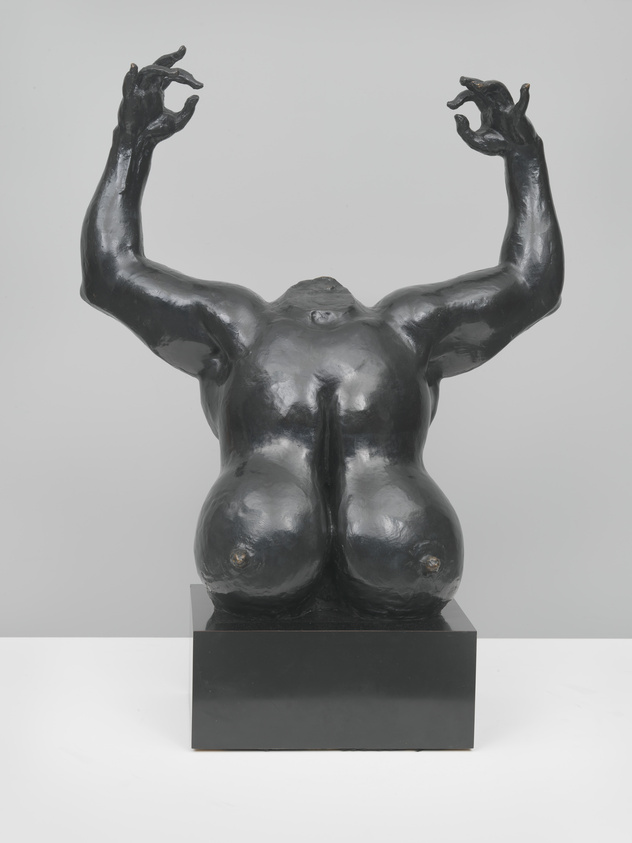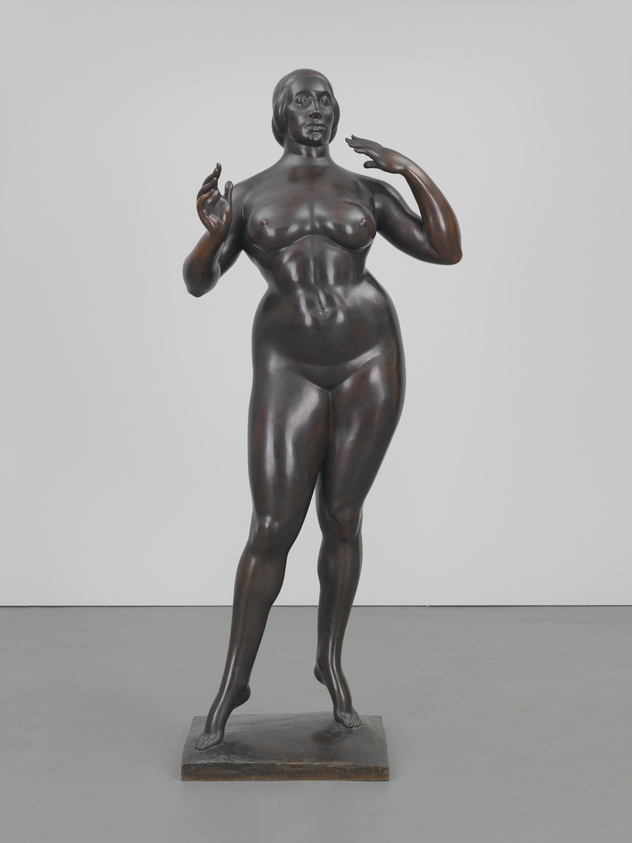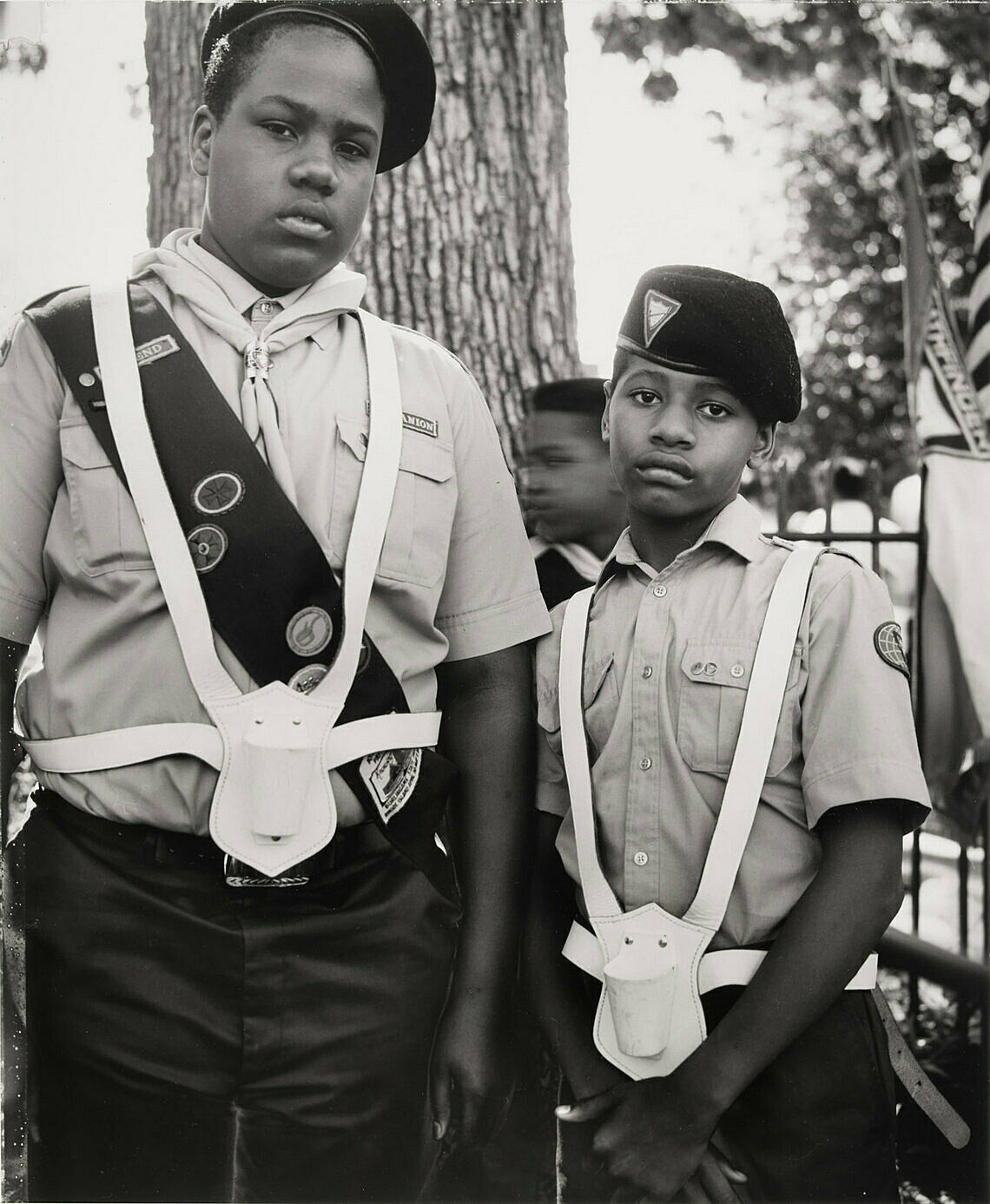Gaston Lachaise, Standing Woman, 1912–27
May 12, 2016
0:00
Gaston Lachaise, Standing Woman, 1912–27
0:00
Adam Weinberg: The inspiration for this monumental sculpture by Gaston Lachaise was the artist’s lifelong muse, Isabel Dutaud Nagle. When they first met in Paris, Isabel was just visiting from the United States, was married to another man, and was the mother of a child. In spite of all of these obstacles, and the fact that Isabel was ten years older than he, the artist left his native France for America in the hopes of being with her. They married in 1917, five years after he made this sculpture. As was often the case, Isabel didn’t pose for this work. Lachaise created her image from memory. The result is an intensified expression of desire and devotion. Isabel was only five foot three, but here the artist has envisioned her as a larger-than-life goddess. He has given her wide hips and large breasts, features you might find in an ancient fertility goddess. And the gesture of her slender hands and curved fingertips is reminiscent of an Indian Buddha. She bears a meditative, other-worldly expression and stands on tip-toe, as if endowed with divine powers.
The artist’s extensive love letters to Isabel articulate the same passion that his sculptures exude. In 1915, three years after making this work, the artist wrote Isabel, calling her: “A beautiful goddess of heavy breasts and splendid white belly, goddess of sublime thoughts of tranquility and strength. You are the harmony of heaven and earth. I sing my hymn to you . . . You inspire my every moment.”
In Human Interest.



